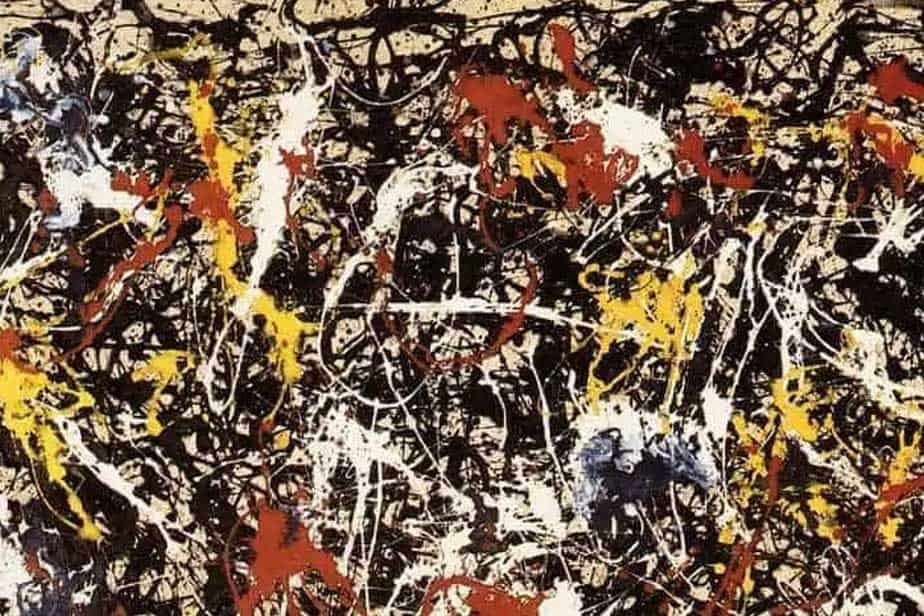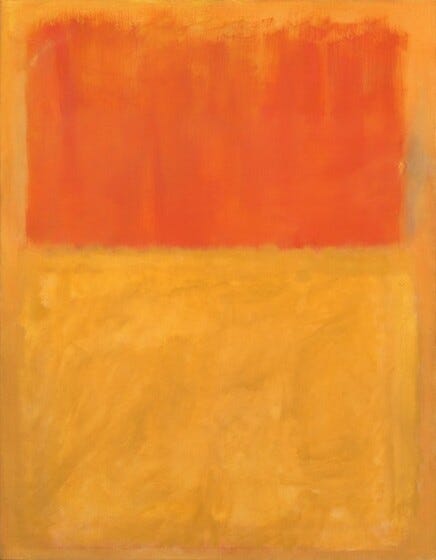RICKY ROMAN – An Iconic Painter
Ricky Romain is a fine and refined Jewish-English painter. Refined by nature, nuance and meaning; confined neither by middleclass restraints nor by an overly concerned sense of self. He has had some art world success and recognition in his life, but because of the nature of current neoliberal economic, political and cultural controls in our democracies that do not accept the democratic concept of plurality, he has been insufficiently embraced by the Establishment for what he is, one of the great contemporary painters of post-holocaust European culture. This culture continues to be distorted by endless western wars, bombardments, invasions, drone attacks, and regime change of other’s governments and huge numbers of ‘collateral damage’*.
It is work like his that touches the souls of many who encounter it, but this approval had little effect on those who stand at the gates of our cultural institutions.
None the less, It is work like his that can turn our highly regulated, turgid and close minded European cultural and intellectual scene into a vital seam of rich and diverse ideas. This is the heart of the European social democratic failure – it is incapable of admitting that its socially liberal concerns are eaten by its obeisance to neoliberal greed.
He has written, “There are so many humanitarian challenges that I feel I can no longer work in isolation from them. For the last 22 years I have endeavoured to create work that reflects the complexity of political conflict surrounding conspicuous Human Rights issues. My paintings are usually figurative, whether exploring the poignancy of single male figures or revealing the multi-layered ambiguity of masculine groups. The male figure is prominent because it reflects my own sensitivity in relation to global concerns. This does not impede my dedication to sexual equality.”
The bodies in Ricky’s paintings are wraith like. As all bodies, they are the sum of their flesh, blood and bones, but may also be weighed down by the soul of those who dwell within them**, and perhaps by other beings who have become a part of the occupier’s existence. I don’t know if the presences of love or hate in the body has weight but who amongst us does not think that we are in part inhabited and thus increased in weight by our loved ones?
HUNGRY SOULS
In front of Ricky’s paintings, I see terrible privation in the lean bodies, because I know they lack something essential beyond food – not as paintings, but as Ricky has purposely fashioned the nature of their existence. I believe it is because looking around them, seeing the empty and unarticulated background, that they are immobilized in an uncertain place and that they lack freedom. They seem to be constrained, in bondage or bound by a psychic imprisonment***.
Here is where the figure’s black stroked outlines provide a sense of viewing x-rays. They encapsulate the artist’s understanding of the human condition. We see shards of ancient Egyptian and Chinese encryptions, Hebrew and contemporary symbols (as mothers holding photographs of their disappeared loved ones), and we see swooping birds and apparent magicians, all of whom are bound together by the loving care of each other against an alien world.
If we desire to believe our poets and painters are messengers of transcendental knowledge, it would not be difficult to place Ricky in that group when viewing his paintings. His images carry intense metaphor, confronting a known history and an ignored present, that of rounding-up, incarcerating, disappearing, imposing bureaucratic solutions, transporting and murdering people. This sends icicles down my spine because our world of humans still practices these things.
His paintings make demands on us; they do as art should do, showing what life really looks like outside of ourselves. As we are admitted to his world of loss, grief and sorrow there is consolation in that we are not left alone. We are with his suffering characters, knowing and perhaps gaining consolation in the company of those amongst them and us who have seen worse, knowing that not only do they reveal that they can survive but that we may also be able to survive. Their stoicism offers comfort.
If they can survive to tell us their stories, we may tell others and somehow this deep human story will offer hope and a belief in the human project.
Some argue that art must be about discovery: addressing new conditions, finding new formal ways to reveal valuable metaphor, but it should also be about memory which also means not forgetting, reminding people, refreshing their memories and their psyches about what we should and should not be or do. Ricky’s paintings contain both – they remind us of the past and warn us of the present and future.
A PERFUME OF IDEAS
I have seen Ricky’s exciting sketch books, filled with signs, lines and colourful images dancing over each other, page after page. It’s like listening to a very bright person so quickly explaining ideas that the words tumble over each other. Fortunately, in his sketch books, one can take one’s own time absorbing the meanings or simply enjoying the many forms before turning the page. There is a perfume, not only of the pastels and chalks but also of the ideas, a scent so engaging, one becomes eager for more.
There are in those pages, signs and notions of what are to become the paintings, yet he does no cartoons before what seems like a confrontation with the canvas. He partners with the painted lines as if a lover. His broad flat brush streaks and sometimes slices across the surface, offering rapid, intentioned embraces. From what seems a cascade of moves, forms emerge carved out of positive white space by negative black lines. It’s like watching a photographic silver print emerge in the developer tray.
For a non-painter what I see is that the strenuous physicality of the act of painting, addresses fundamental choices. It is as though the subjects begin to make demands, forcing Ricky to obey some inner logic of their own. This is what the painter/composer Kandinsky referred to as “the inner necessity of art”. I know from my own work in photographic editing/printmaking that at a certain moment in the evolving formal changes imposed by me, the image begins to make its own demands: darken here, soften there, crop further in’.
Ricky’s work can neither resolve the problems of the world nor the tragic foibles of our species, but it can continually remind us of them, continually inhabit us and haunt us, knowing that someone is there as a witness to our barbarism.
GRASPING A MORE SPIRITUAL TIME
Looking across years of his work I began to think that there is something fundamentally related to a different historical period. When Leonardo da Vinci invented sfumato, a way of painting which blended tones and colours so one form could be distinguished from another without the use of an outline, he separated the Renaissance ideal of uniting painting with the way we see the natural world from medieval Byzantine mosaics, with their stiff outlines and flat lighting, which were anything but naturalistic.

I asked Ricky to tell me who were amongst his early influences. He wrote, “I was fixated by early painters like Giotto and many of the painters of his period.
“I loved the simplicity and complexity of the way they applied paint and the way the paintings were composed…”, and he also mentioned other later painters as below.
Note that even the mid 20th century abstract expressionists made use of the outline. These were men and women rebelling against the traditional western naturalism of the centuries following the Renaissance. As I noted about Jackson Pollock (see https://rjgolden.substack.com/p/apstract-art-and-progressive-activitism) they too had either witnessed or learned of the holocaust and, as Pollock, recognised western art and culture had in some cases been a handmaiden to the rise of hideous ideologies and psychopathic leaders.
Perhaps Ricky, like them, could no longer be engaged with western naturalism. I propose that this led him, as them, back to the pre-renaissance, pre-scientific unnaturalistic Gothic age of mysticism and spirituality. This is the non-religious spirituality of the soul, in which we suffer sickness of soul with our lives becoming bereft or meaning. We increasingly live in a time when the majority of us are forced to live in the shadow of one group, one party or under single psychopathic dictatorial individuals.
Paintings are not ideas although they illude to ideas through their metaphor.
Painting are not proposals or even advocates.
Painting are provocations which are often in advance of philosopher’s discoveries, which are in advance of political constructions.
Paintings as fine art are always a proof of our humanity.
Ricky’s work is always a humane provocation and a continual reminder of our moral compromises. It is no wonder that much of the establishment deny him access.
NOTES
*Since the year 2000, 387,000 civilians have been killed and 38 million civilians have been displaced according to the Watson Institute of International & Public Affairs at Brown University.
**Dr Duncan Macdougall’s experiments in 1907 determined that a soul weighs 21 grams.
***Some intellectuals refer to the condition of people living within neoliberal societies as ‘wage slaves’ entrapped in ‘unfreedom’.
I made a film about Ricky and his work in 2015. You can see it for free, here











